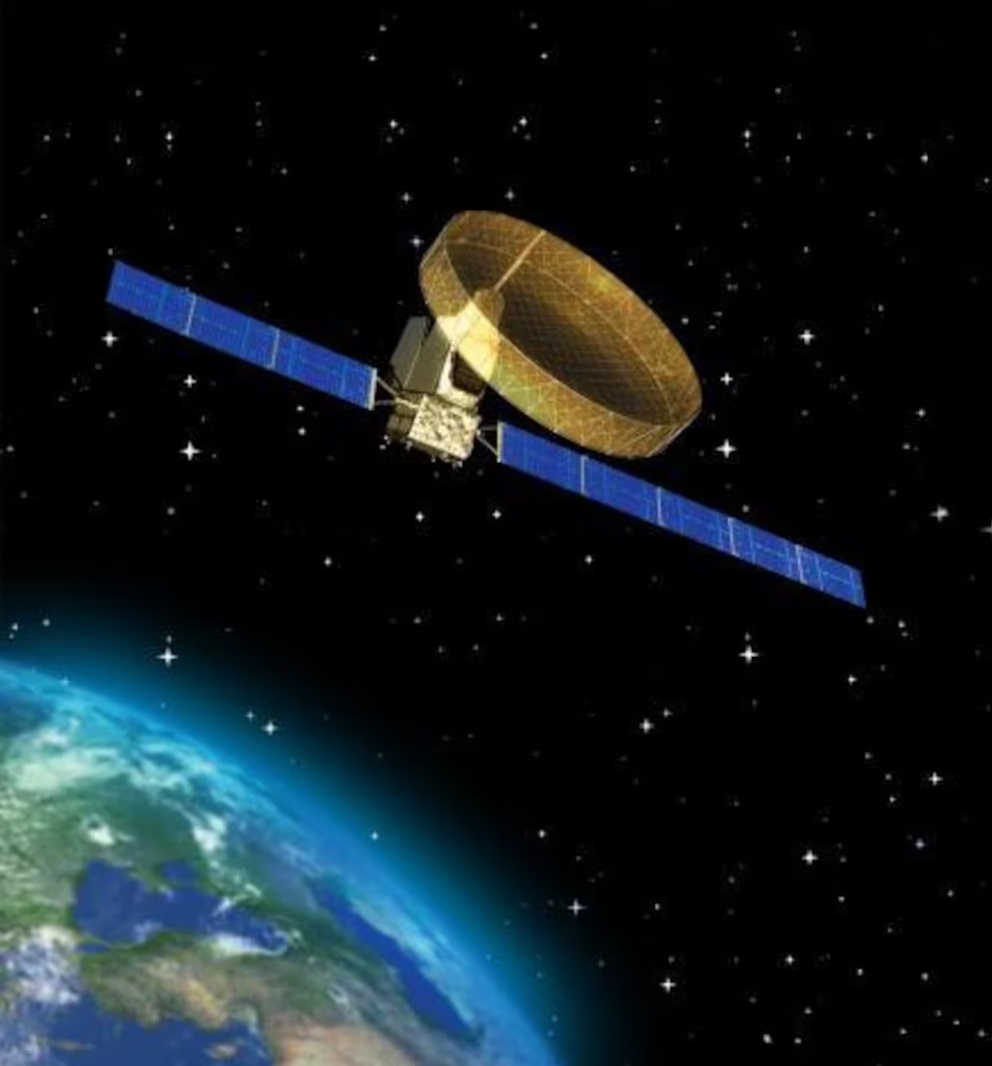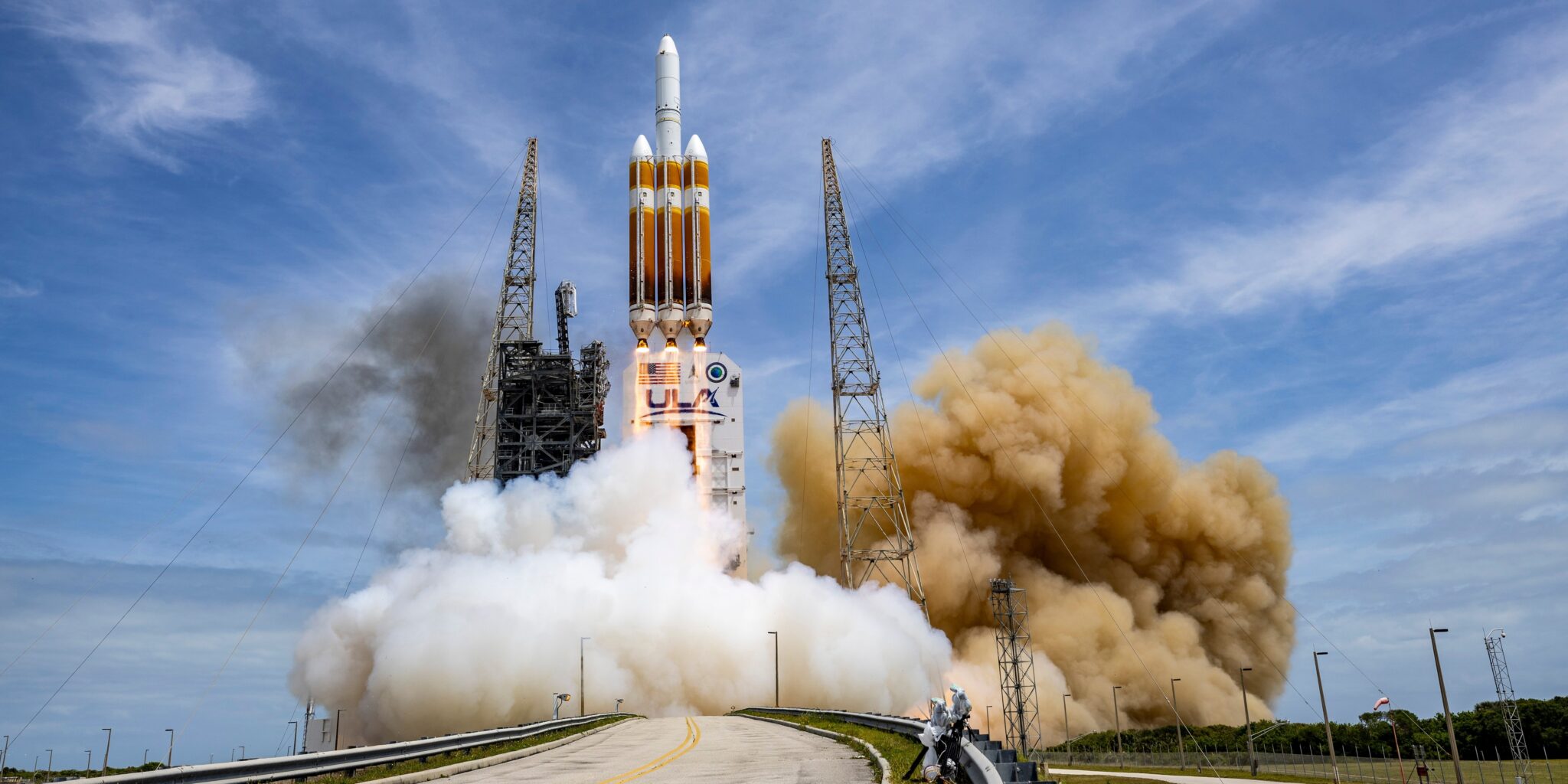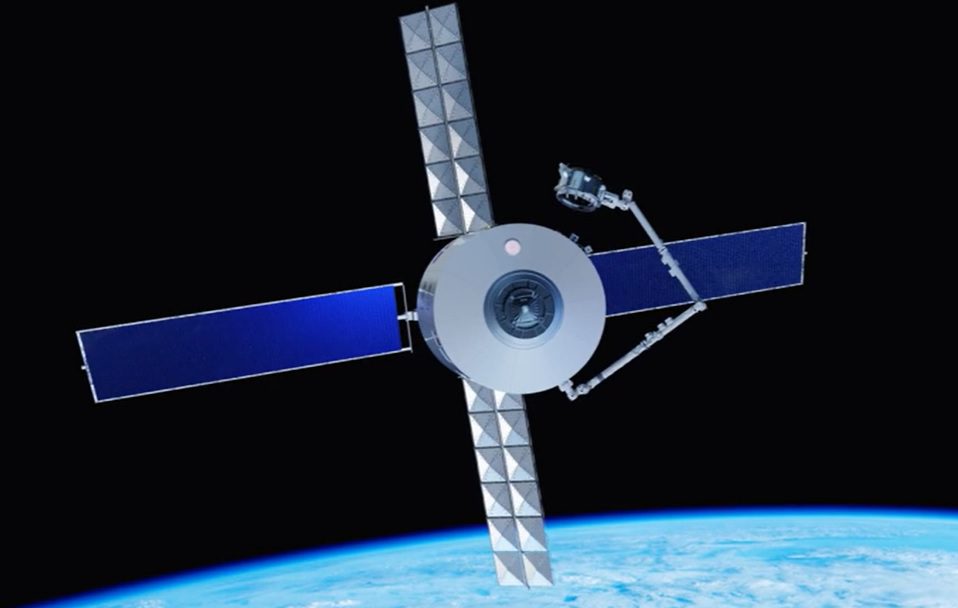SpaceX has agreed to carry two private citizens on a trip around the moon late next year, probably with a SpaceX pilot astronaut accompanying them. The unnamed pair have already paid a significant deposit do this moon mission which will use a figure of eight free return trajectory. The Dragon 2 (Crew Dragon) capsule will have to be modified with thicker ablative heat shield to allow atmospheric re-entry at a higher speed (Mach 36+) than normal low Earth orbit re-entry velocities (Mach 25). The heavy lift rocket, the Falcon-Heavy will be employed to launch the spacecraft. Lift-off will take place from Kennedy Space Center’s historic Pad 39A near Cape Canaveral – the same launch pad used by the Apollo program for its lunar missions.
SpaceX, which led by its founder Elon Musk with the assistance of Gwynne Shotwell, notes that NASA’s Commercial Crew Program, which provided most of the funding for Dragon 2 development, is the key enabler for this mission. Before this lunar flyby mission is allowed to take place, the Dragon 2 spacecraft initially will fly to low Earth orbit first in an unmanned condition in early 2018, and then later in the year with a crew aboard.
Comment by David Todd: A fantastic piece of showmanship and a bold move by SpaceX. The tricky part will be Earth re-entry and a very accurate guidance system will be needed to go down a narrow re-entry corridor, either for an Apollo style direct re-entry, or for the Russian Zond-style skip re-entry. Get that wrong, and the tourists are going bounce off the atmosphere to have infinitely long space trip, or will come in too fast, to be burned up to a cinder.
The Apollo space capsule was able to use its lift vector to hold itself inside the atmosphere to bleed off the speed from super-orbital to suborbital velocities. No information has been released about whether this can be done by the Dragon 2 craft (presumably it can) or what its hypersonic lift-to-drag (L/D) ratio is.
One other thing. Forget Russia or China. While SpaceX has been careful to pay tribute to NASA, in effect it has become its real main rival in the exploration of space. NASA is now rushing to launch its own crewed Orion spacecraft on its SLS rocket before this flight takes place.








